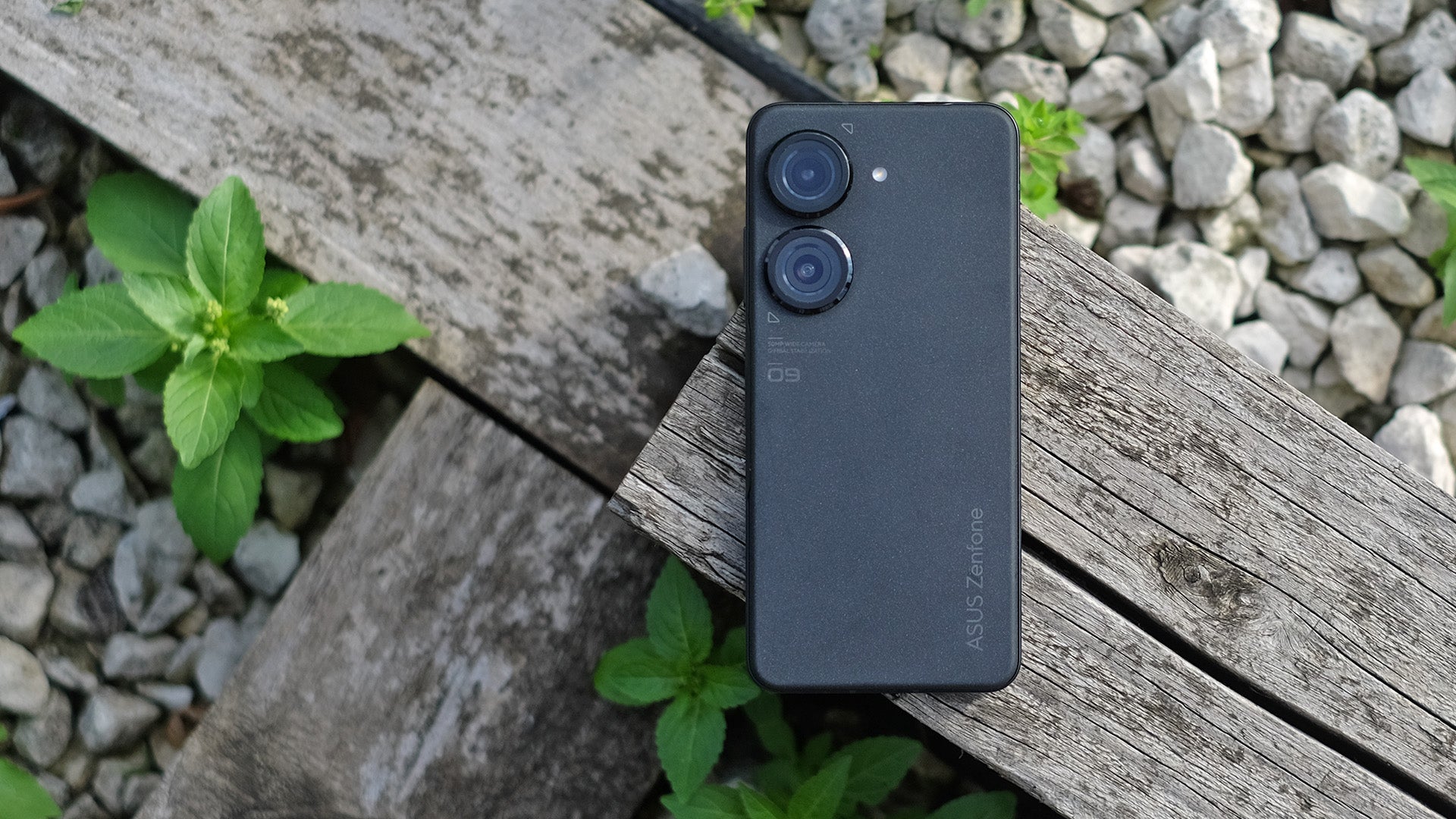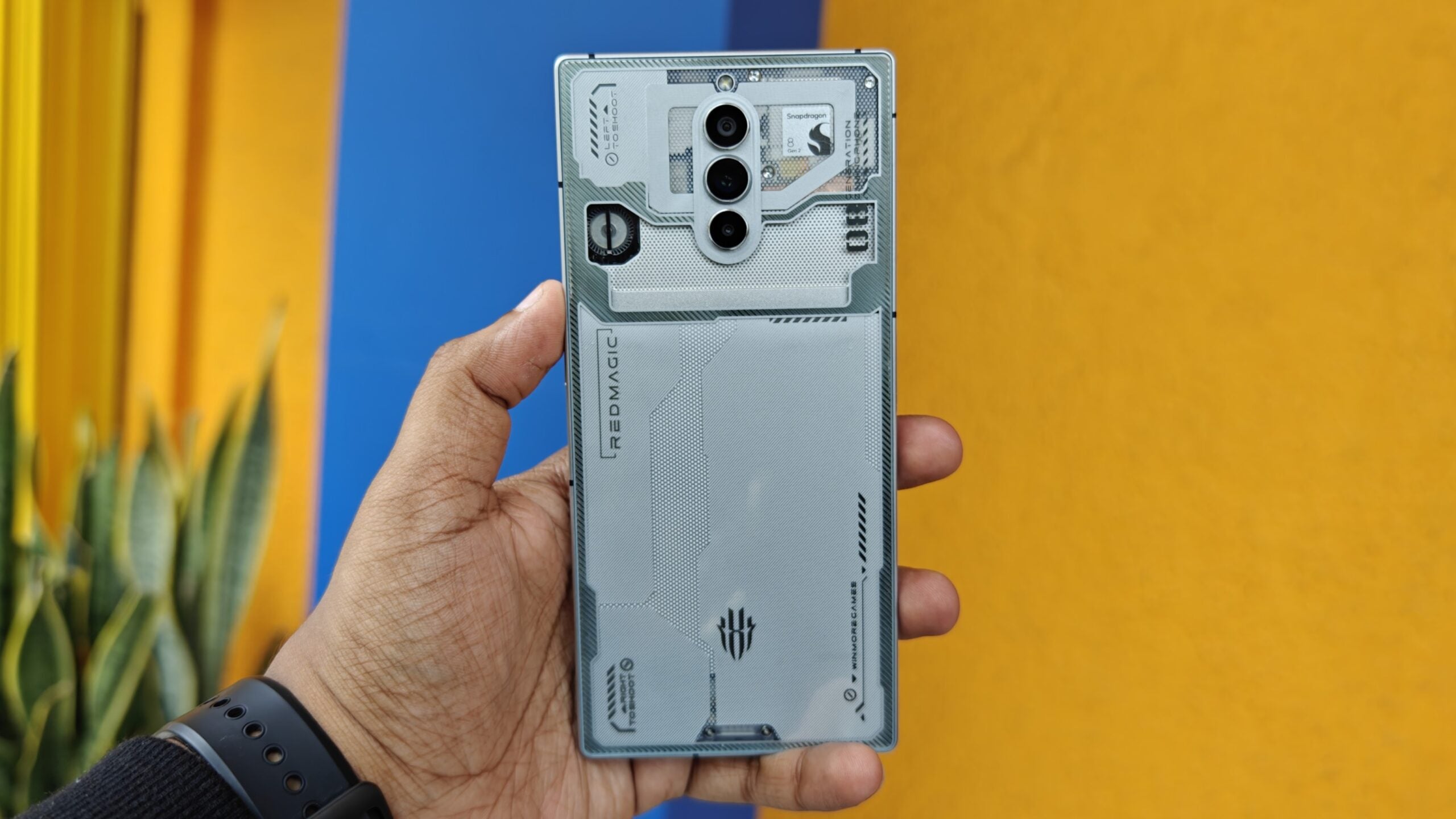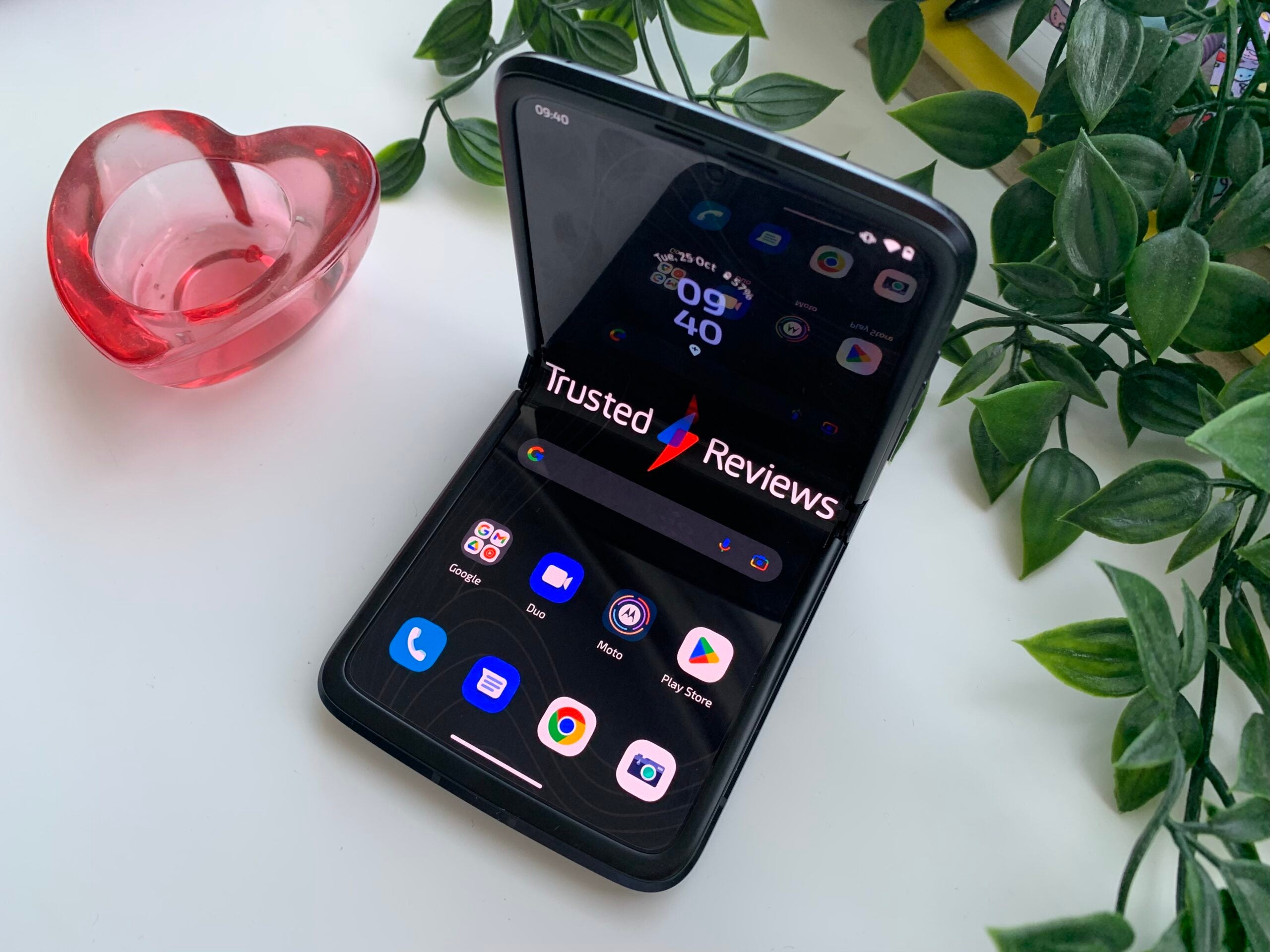First Impressions: Motorola Razr 40
The Motorola Razr 40 has promise with a tempting sub-£800 price tag
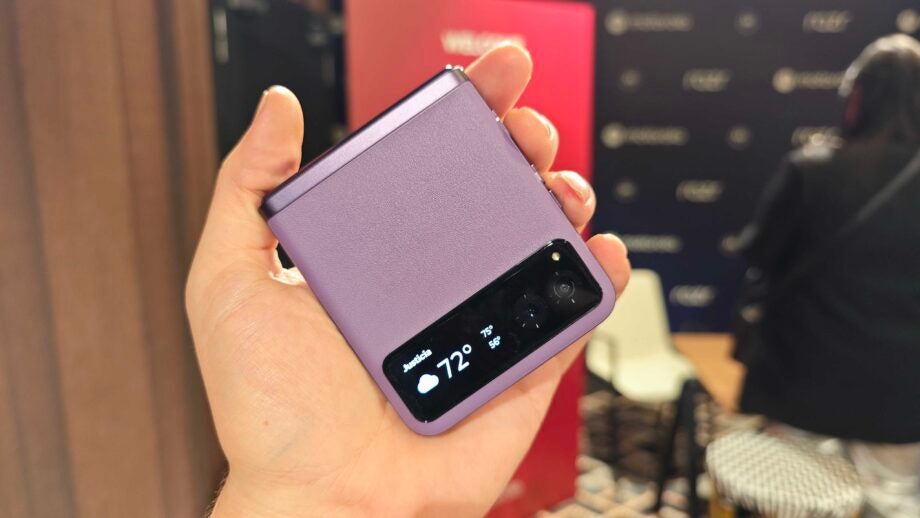
First Impressions
The Motorola Razr 40 has promise with a tempting sub-£800 price tag, but the small outer display may put some off — especially compared to the huge 3.6-inch external display of its more premium sibling. However, if you’re simply after a good-looking foldable phone that works well, the Razr 40 could fit the bill.
Key Features
- Small external displayUnlike its premium sibling, the Razr 40 has a 1.9-inch external panel designed to showcase key information at a glance, removing the need to constantly unfold the device.
- Snapdragon 7 Gen 1 chipsetThough not the latest, the Snapdragon 7 Gen 1 chipset should deliver fine everyday performance.
- Flagship-level displayWith a 6.9-inch pOLED panel boasting a super-smooth 144Hz refresh rate and HDR10+ support, the Razr 40 is ideal for binging shows on Netflix and scrolling through TikTok.
Introduction
The Motorola Razr 40 is the cheapest foldable smartphone around, but does that mean Motorola has compromised on its foldable experience? In my experience, no.
I will say that I’ve only had limited hands-on time with the regular Razr 40 (Razr 2023 in the USA) so far — most of my focus has been on the premium Razr 40 Ultra — but considering its relatively affordable £799/$TBC price tag, there’s still a lot to love, be it the overall design, improved hinge system or the huge internal 6.9-inch 144Hz pOLED display.
While I’m not quite ready to deliver my full review, here are my initial impressions of the Motorola Razr 40, with a full review to come soon.
Design and Screens
- Small 1.9-inch outer display
- Large 6.9-inch 144Hz pOLED display
- Redesigned hinge system
The Motorola Razr 40 is the least Razr-looking Razr in the collection, ditching the big external display for a more narrow 1.9-inch panel that sits to the right of the dual camera setup on the rear. If it looks familiar, it should; it’s the same design language as the popular Samsung Galaxy Z Flip 4.
That display, though narrow, can still be used to not only display incoming notifications like Samsung’s foldable but a variety of widgets to display weather, calendar events and trigger features like the camera and voice recording tech. It’s a window into the inner full display, if you will, allowing you to check notifications without having to unfold the device.
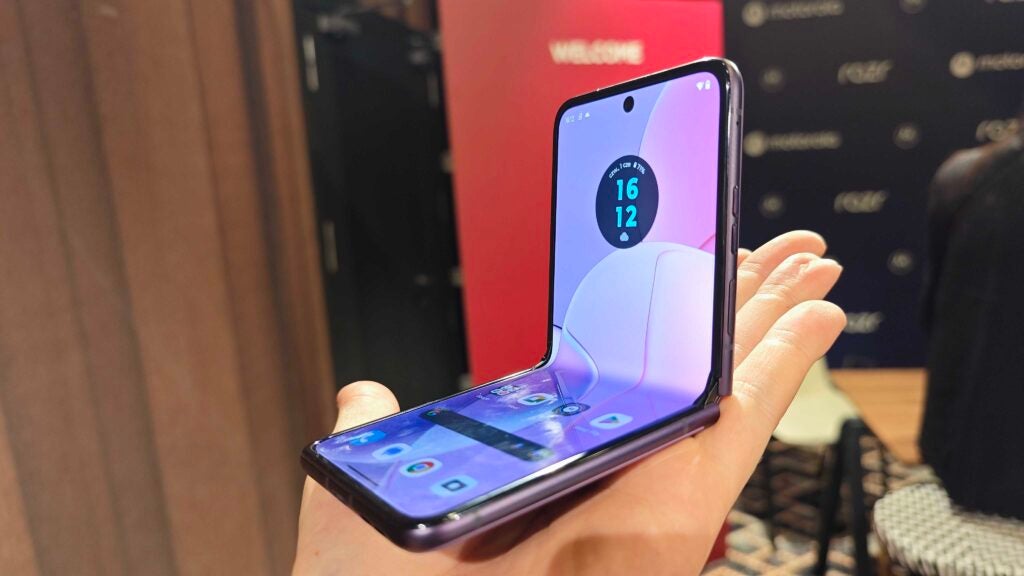
However, if I said I preferred that to the 3.6-inch panel of the Razr 40 Ultra, I’d be lying. The external display of its pricier sibling is much more capable, allowing you to run full Android apps, reply to messages and more without unfolding the device. Here, you’ll probably be unfolding it a little more often — but hey, that’s the fun of a foldable right?
Aside from the smaller display, the Razr 40 is very similar to its more premium sibling, sporting the same overhauled teardrop hinge system that allows the Razr 40 to close completely flat with only the slimmest of gaps. There is still one there if you really look, but it’s a far cry from the gaping hole of Samsung’s foldable.
That also means that the inner display is practically crease free, only really visible if you’re looking for it, and there’s only a slight change in touch sensation as your finger rolls over the hinge as you swipe and tap away. It’s a very, very good hinge mechanism — possibly the best I’ve seen so far.
That inner pOLED display is just as impressive as that of its pricier sibling too; it’s large at a whopping 6.9 inches, boasts HDR10+ support and a fast 144Hz refresh rate. The latter does fall behind the 165Hz of the 40 Ultra, but that’s much of a muchness at this point. The phone certainly felt super smooth during my hands-on time, and that’s all that really matters.
That also extends to the overall design, sporting the same lightweight design, rounded edges and attractive finishes — I’d even argue that the colourful hues of the Razr 40 are better than that of the Razr 40 Ultra, though that’s a matter of opinion. The vegan leather finish is also a plus, adding extra grip and making it less of a fingerprint magnet.
Cameras
- 64MP main camera
- 13MP ultrawide/macro lens
On paper, the Motorola Razr 40 actually has a better camera setup than the 40 Ultra with a 64MP main camera and a 13MP ultrawide — however, it’s not all about megapixel count, and the Razr 40 Ultra has a lot going for it like the impressively wide f/1.5 aperture, compared to f/1.7 from the Razr 40.
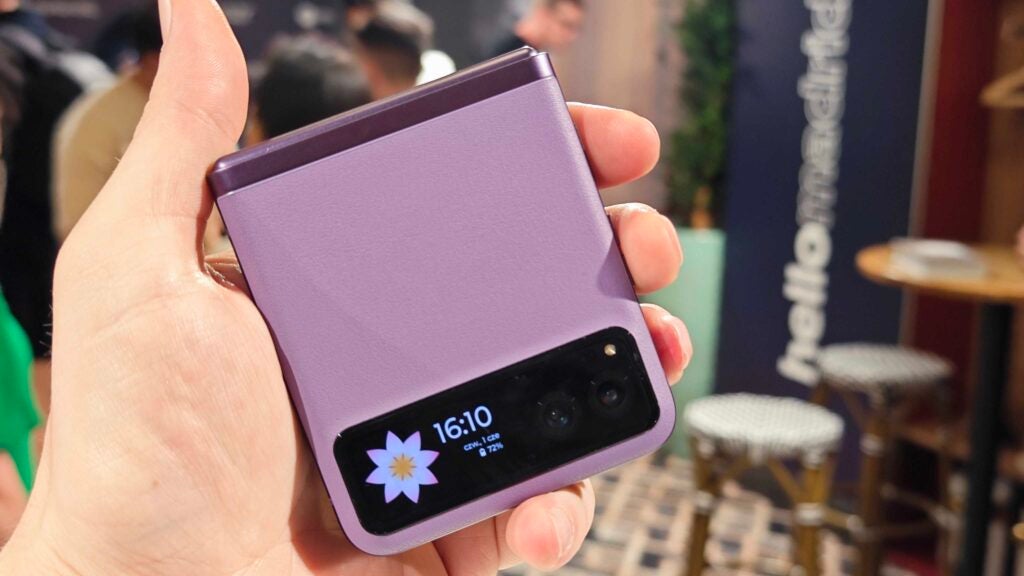
Still, the main 64MP camera looks to be a capable foldable snapper with OIS, pixel binning tech to improve detail and light, a laser autofocus (great for low-light photography) and an ambient light sensor. The 13MP ultrawide is identical to the 40 Ultra, so you’ll get the same quality from the ultrawide regardless of the model you go for, but I’ll confirm this in testing.
The hands-on area wasn’t ideal in terms of lighting to test photography, especially during a relatively short hands-on, but the few images I did snap looked promising. They won’t be taking the Pixel 7 Pro’s camera crown anytime soon, but it should more than suffice for everyday use. It’s just a shame you can’t take advantage of a large camera preview to take high-quality selfies like with the 40 Ultra.
Performance
- Snapdragon 7 Gen 1
- Close to stock Android 13
- 4300mAh battery
Where the more affordable nature of the Razr comes through is in the processing department, sporting the year-old Snapdragon 7 Gen 1 coupled with 8GB of RAM and 256GB of storage.
It’s still a perfectly serviceable chipset that didn’t seem to stutter that much during my brief hands-on time, but as we’ve seen from other 7 Gen 1-equipped mid-rangers, it’s not quite as capable as true flagship chipsets. The Snapdragon 7 Plus Gen 2, announced earlier this year, would’ve been a much better fit and help sell the Razr 40 a little better.
Still, I’ll be interested to see how well it benchmarks in the coming weeks.
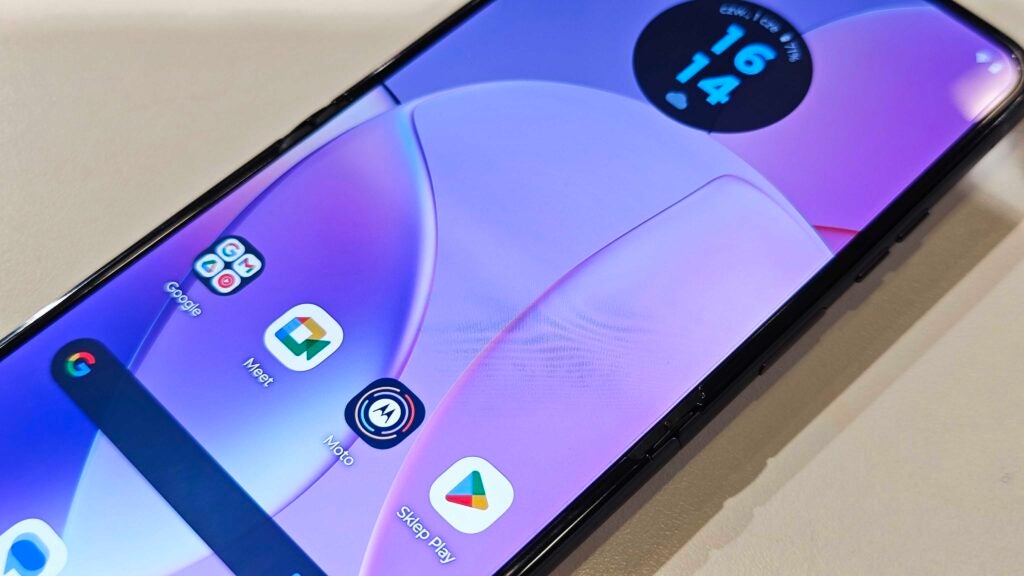
Software is an area where Motorola generally excels, and it’s no different here. The Razr 40 ships with something very close to stock Android 13, with only minimal changes on offer — and where there are changes, they’re usually welcome. Features like rotating the phone quickly to open the camera or karate chop to activate the torch are such handy little features.
There’s also Ready For, which allows for a more desktop-esque experience when connected to an external display, mouse and keyboard, and it boasts impressive support for Windows 10 and 11 too.
Battery life is interesting as it actually boasts a larger cell than the Razr 40 Ultra, clocking in at 4300mAh compared to 3800mAh, so it could actually last longer than its more premium sibling, especially when powering a smaller external display. I’ve not had a chance to really test battery life during my relatively short hands-on, but it’ll be something I put to the test for the full review.
Early Verdict
The Motorola Razr 40 is impressive not because of its specs, but because it’s the most affordable clamshell foldable smartphone to date, making it more easily accessible to consumers.
Motorola has had to cut a few corners to achieve such lofty aims, especially in the processing department, but I think the Razr 40 will appeal to a lot of consumers that don’t need or even want the best phone specs.



